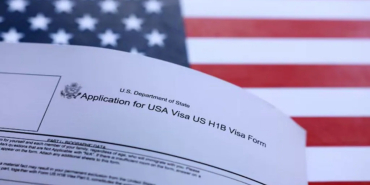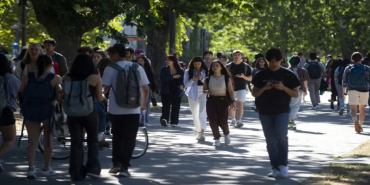Canada Discontinues Visitor Work Permits

Canada has implemented a significant shift in its immigration policy aimed at streamlining processes and addressing concerns about unauthorized work.
Effective immediately, temporary residents on visitor visas are no longer permitted to apply for work permits from within the country. This change marks the early termination of a policy that was introduced in August 2020 to assist visitors who were stranded in Canada due to COVID-19 travel restrictions. Under the previous policy, visitors were allowed to submit work permit applications without leaving Canada. Additionally, those who had held a work permit within the last 12 months but had changed their status to "visitor" were able to work while awaiting a decision on their new work permit application. This policy was originally set to expire on February 28, 2025, but has now been discontinued ahead of schedule.
The early termination of this policy reflects Canada's broader strategy to regulate temporary residents and maintain the integrity of its immigration system. According to Immigration, Refugees, and Citizenship Canada (IRCC), this decision is intended to prevent misuse of the system and unauthorized work by foreign nationals. The Canadian government aims to manage the number of temporary residents in the country, address concerns about individuals working without proper authorization, and uphold the fairness and efficiency of its immigration processes. It is important to note that work permit applications submitted before August 28, 2024, under the previous policy, will still be processed. However, no new applications will be accepted from visitors seeking to obtain work permits from within Canada.
This new rule will have a significant impact on both employers and foreign nationals. Companies may face challenges in filling low-wage positions, especially in sectors that heavily rely on foreign workers. For foreign nationals, those on visitor visas will no longer have a direct pathway to work permits which could potentially reduce their chances of gaining employment in Canada. In addition to these changes, the Canadian government has implemented further measures to address immigration and labour market concerns. A temporary pause has been placed on processing certain Labour Market Impact Assessment (LMIA) applications for low-wage stream applicants. Furthermore, the maximum employment term for workers in the low-wage stream has been reduced from two years to one.
Canada has also announced plans to reduce the number of temporary foreign workers by 65,000, reversing its 2022 expansions of the program. New rules include a 10% cap on the workforce hired through the Temporary Foreign Worker Program and a temporary freeze in Montreal. These policy changes occur within a broader context of ongoing debates and concerns about immigration in Canada. Prime Minister Justin Trudeau has announced that the federal government will reduce the number of temporary foreign workers in Canada following a historic surge that some experts argue has contributed to unemployment among immigrants and young people. Conservative Leader Pierre Poilievre has also weighed in on the issue, stating that he would rein in Canada's population growth if elected, claiming that the Liberal government has "destroyed our immigration system."
Despite these changes, Canada's Immigration Levels Plan for 2024-2026 still aims to welcome a significant number of new permanent residents: 485,000 in 2024, and 500,000 in both 2025 and 2026. This plan prioritizes economic growth, supports family reunification, and responds to humanitarian crises. However, it also recognizes the need to balance immigration levels with pressures such as housing and infrastructure.














Comments
Interested
Permalink
Interested
Add new comment